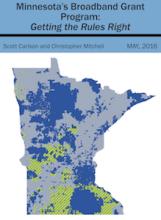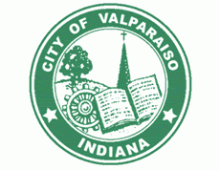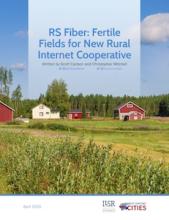Muni In Muscatine: Upgrades, Speeds Up, Outperforms
Cedar Falls may be the Iowa city famous for its Fiber-to-the-Home (FTTH) network, but that won’t stop Muscatine. This small city of approximately 29,000 people is about to upgrade its aging network. For a little over a year, the municipal utility, Muscatine Power and Water (MP&W), has planned for the move to FTTH with funding from an interdepartmental loan. Now, FTTH is coming to Muscatine's MachLink Internet access service.
MP&W expects to break ground this year on this $8.7 million FTTH project and to finish building the network in 2017. Fiber will offer speeds much faster than those available on the existing hybrid fiber-coax (HFC) network. In anticipation, MP&W is increasing speeds for subcribers without raising rates.
More than a Year in the Making
The local newspaper, the Muscatine Journal, has closely followed the story. In late November 2014, MP&W announced the planned FTTH upgrade. MP&W is taking a slow and steady approach and planning to complete the upgrade in 2017. The latest Muscatine Journal article from this March emphasized how the large infrastructure project has many "interlocking" pieces that must fit together to make the project successful.
As we reported when MP&W announced the upgrade in 2014, a FTTH network will achieve immediate goals and help achieve a number of benefits. MP&W wants to improve residential services, reduce maintenance costs, and increase network reliability. Upgrading to FTTH will also contribute to long-term goals, such as encouraging economic development. Fiber is a future-proof technology, adapting to the increasing need for bandwidth from households, businesses, and institutions. MachLink will offer speeds of up to a Gigabit (1,000 Megabits) per second.
Outperforming Expectations








